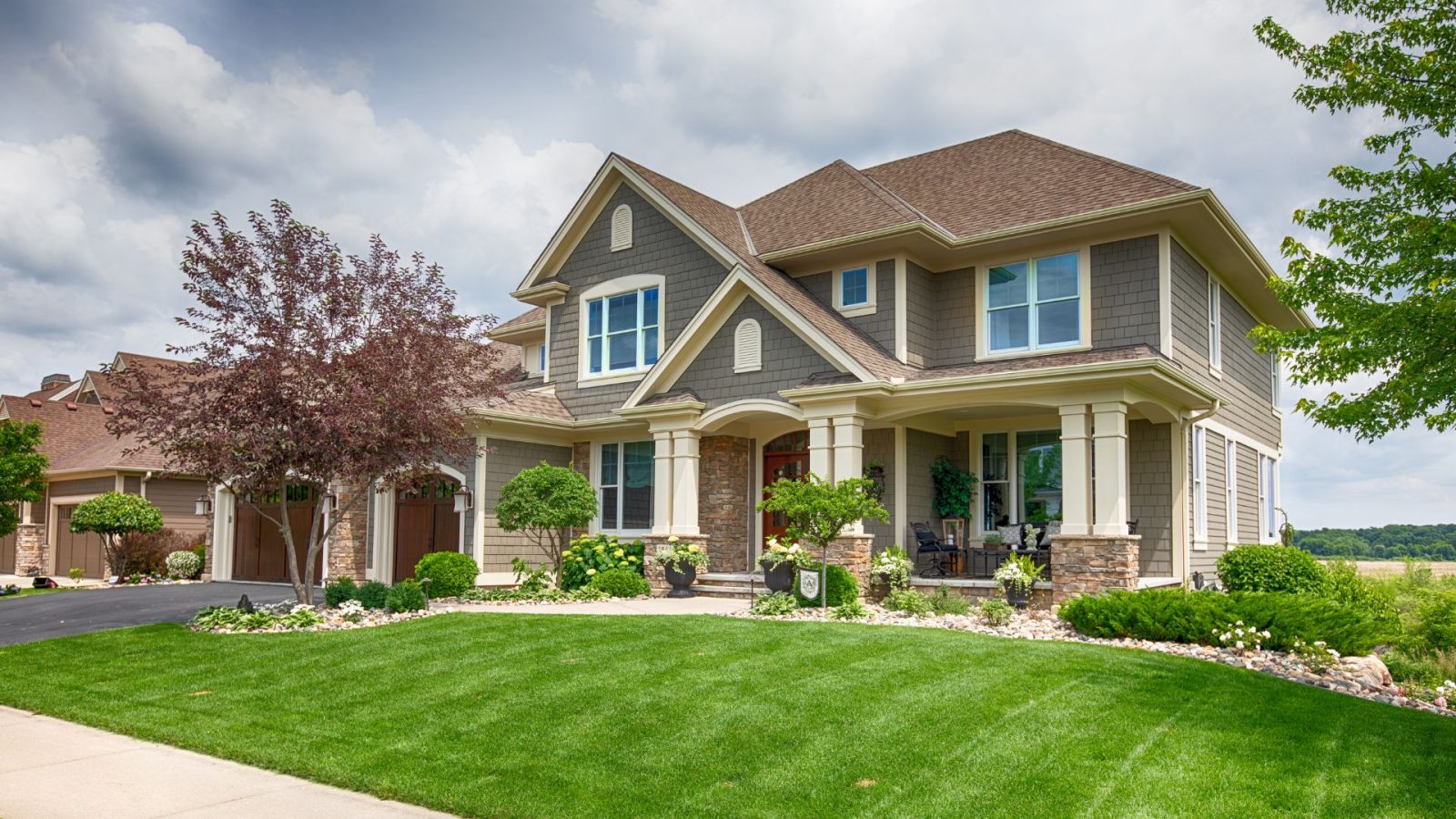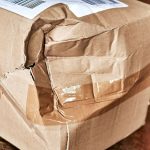Your home is one of your biggest investments, and taking proper care of it not only maintains its functionality but also significantly increases its value over time. A well-maintained home provides a safer, more comfortable living environment and reduces the likelihood of costly repairs. By adopting proactive habits and focusing on preventive maintenance, you can easily keep your home in top shape for longer.
Develop a Home Maintenance Schedule
A regular upkeep routine is key for extending your home’s lifespan and avoiding surprise repairs. Create a maintenance checklist that covers monthly, quarterly, and annual tasks. Monthly tasks might include cleaning gutters, checking smoke detectors, and replacing HVAC filters.
Once per season, inspect your plumbing for leaks, tighten loose fixtures, and test your home’s water pressure. Annually examine your roof for damage, check for cracks in your foundation, and service your HVAC system. Staying consistent with this schedule helps catch minor issues early, preventing them from escalating into more costly repairs.
Invest in Quality Roofing Membranes for Flat Roofs
If your home has a flat roof, selecting a high-quality roofing membrane is essential for long-term durability and weather resistance. Compare EPDM (ethylene propylene diene monomer) to other roofing membranes to find the best way to protect against leaks and structural damage. A well-made membrane shields your roof against water damage, UV rays, and weather-related wear and tear.
Though it might cost more upfront, investing in reliable materials pays off in the long run by reducing the risk of expensive repairs. Regular roof inspections and cleaning can also extend its lifespan, keeping your home safe and secure all year.
Protect Your Home’s Exterior
Your home’s exterior is its first line of defense against the elements, so keeping it in excellent condition is essential. Power wash siding to remove dirt, mold, and grime that can degrade materials over time. Repaint wood or stucco surfaces as needed to prevent chipping and cracking, which can lead to deeper structural damage.
Regularly inspect and repair damaged areas, such as loose shingles or cracked caulking, to avoid long-term degradation. A little bit of work can go a long way toward protecting your home.
Upgrade Your Insulation
Old or inefficient insulation can lead to higher energy bills, uneven indoor temperatures, and mold growth. Updating insulation in your attic, walls, and floors can significantly improve energy efficiency and make your home more comfortable year-round.
Look for options such as spray foam or fiberglass insulation with higher R-values, which measure thermal resistance, to improve your home’s ability to retain heat in winter and stay cool in summer. Better insulation saves money on heating and cooling costs while also reducing your carbon footprint, making it an environmentally friendly upgrade.
When you adopt these tips, you can make a significant difference and keep your home in top shape for longer. Proactive care, smart investments, and regular upkeep are the keys to preserving your home’s longevity.
Recommended: Electrical Problems in Older Homes: What to Watch Out For















